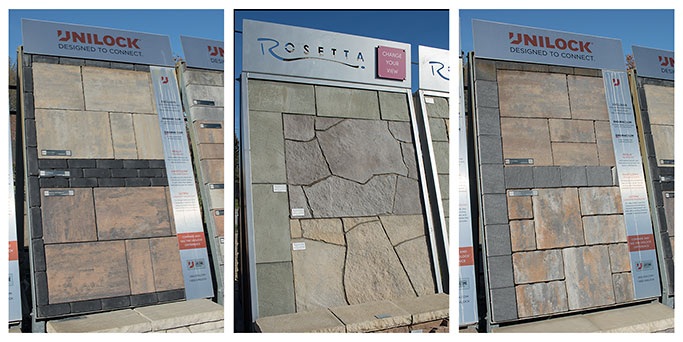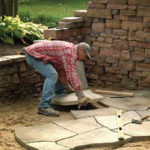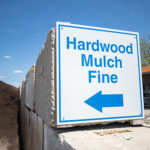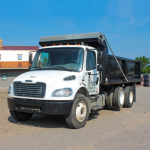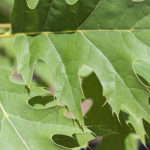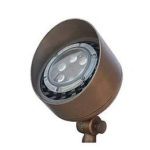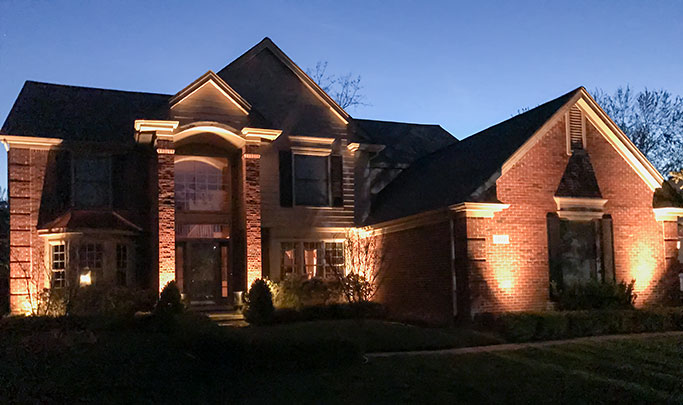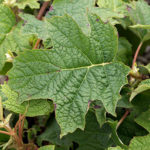The title is a reference to the movie “Finding Forrester” starring Sean Connery. I find myself drawn to this movie lately, maybe because once again I am writing, maybe because I enjoyed watching the Astros win the World Series. Or just maybe it is a combination of both of these things and many more.
Each season in the nursery and landscape industry presents unique challenges, much like those in a baseball season. The weather, plant shortages, players on the disabled list, fuel costs, or not having the home field advantage in the Series. There is always something interesting happening, inspiring us to keep moving. Having that drive to move forward is what separates the champions from everyone else.
This season has been different than the others, just like the season the Astros had. For the first time in many years we have had to make adjustments as our staff has evolved. Staff members have moved on with opportunities in their lives to pursue new and exciting possibilities. We also made trades to pick up late season players to add to our roster that we are counting on taking us to our own series. Clint Rasch came to us this April, bringing with him over 30 years of industry experience, moving quickly to develop the commercial landscape market for us. This October we brought to our team Jeanne Mogielski and Amanda Igrisan, two talented sales people, who have years of industry experience from the landscape side as well as the grower/distributor side.
This season has also brought a lot of successes. We have had the pleasure of watching some of our younger players develop and take on new roles here at the Plant and Hardscape Center. Having that next generation learn from our veteran members is something that I treasure. Our yard operations team leaders Rigo and Dave took some very green prospects and turned Steve, Adam, and Tom into some of the best yard operations people we have had in several years. Luke Joerin has moved from our yard operations staff, to our yard sales staff, and next year he will be learning from our most experienced sales person, Bill Ten Eyck. A bit like Carlos Beltran, Bill will be teaching his replacement during his final year before retirement. Having champions like this willing to impart their years of knowledge to others is just part of what makes Christensen’s, Christensen’s.





